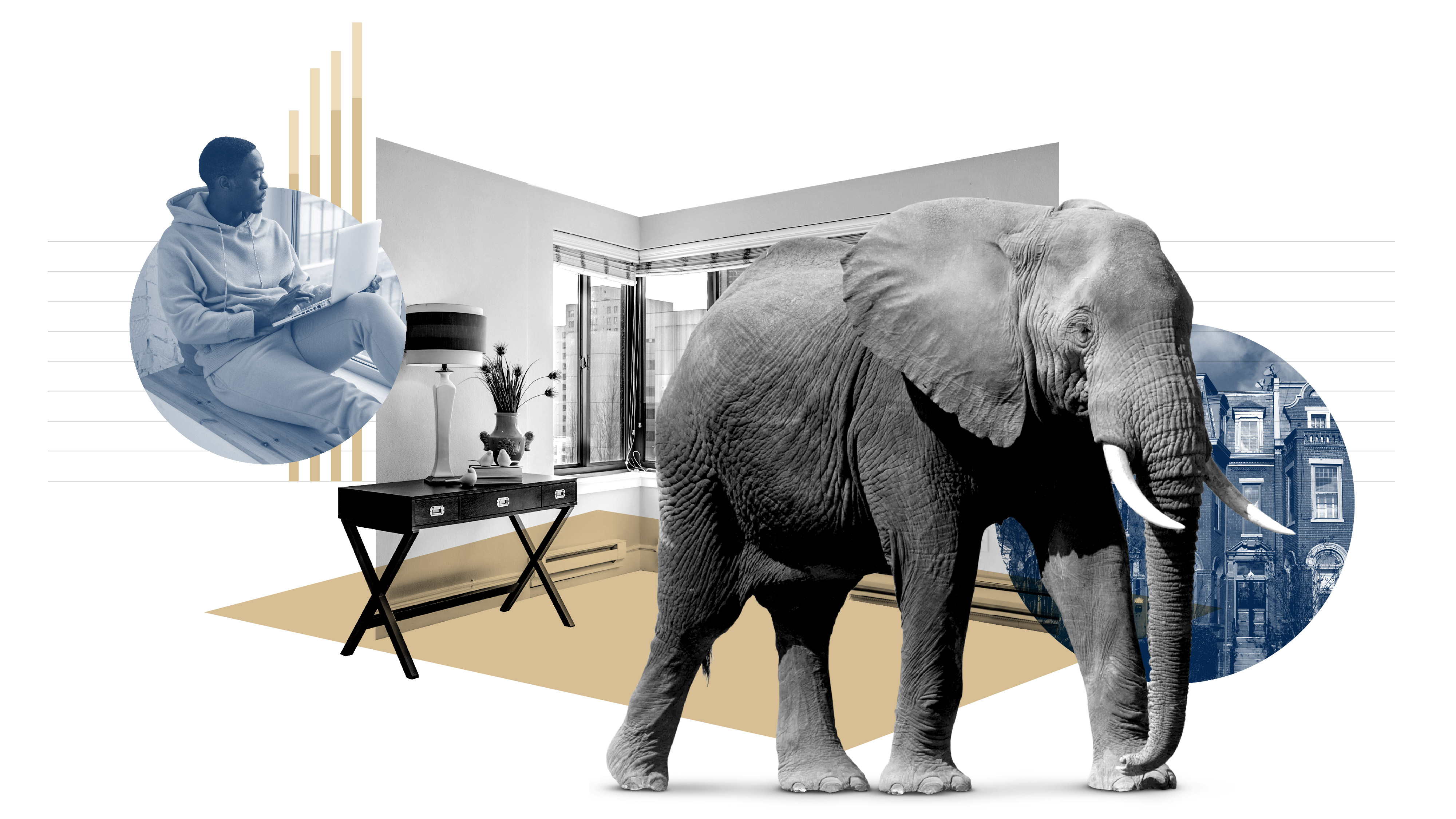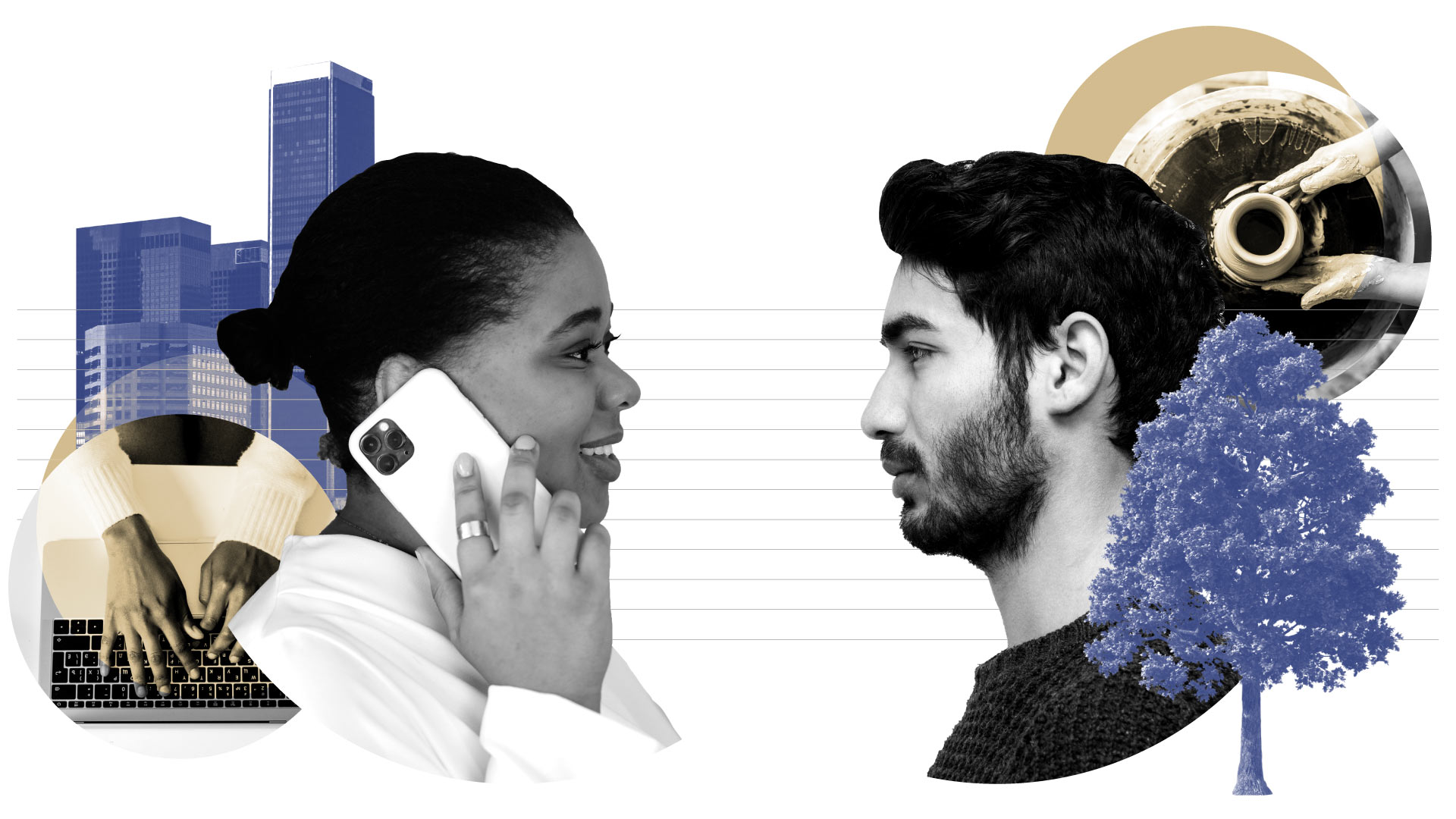The Elephant in the (1-Bed) Room
We can’t ignore the clear and present need for affordable housing in our communities and its inevitable connection to diversity and inclusion efforts in our city planning.
Despite all the talk of sustainable homes, smart tech, and luxury amenities, the reality is that these quality-of-life improvements are inaccessible to many.
Even the basics can be hard to come by. Many pandemic-era movers are rushing to areas where demand outstrips supply, inflating prices even in traditionally “affordable” cities.
According to the New York Times, seven million tenants were behind on rent earlier this year, despite $5 trillion in federal relief during the pandemic. Eviction moratoriums and government support to landlords helped keep roofs over people’s heads. But as life inches back to normal, moratoriums will end before many can get their feet back under them.
We see this inequity playing out among our own data: For lower-income Americans, safety and other basic needs are far less guaranteed in their current homes.
These inequities are especially felt across underprivileged minority groups. The gap in Black and white homeownership rates barely shifted between 1960 (30-point gap) and 2017 (27-point gap). And initial data suggests that COVID-19 has only intensified housing disparities. Black, Latino, and low-income households were more likely to miss rent at the outset of COVID-19, as well as to lose their jobs entirely, partly due to their overrepresentation in low-wage jobs that can’t translate easily to remote work.
That said, there are strong signs of positive change. Public opinion is overwhelmingly in support of ensuring all Americans have a safe place to live, even during a pandemic year. Key cities like New York are seeing record growth in affordable housing developments. Even the federal government is putting more money behind affordable housing. It’s a strong step towards bridging the shortage of 7.2 million affordable rental units identified by the National Low Income Housing Coalition.
Where We Go From Here
While our research points to a greater shift in priorities in the American consumer in favor of a more “balanced” life, long-term change will depend on the ability of an economy long plagued by overwork and burn out to adjust to these post-pandemic values.
Here’s what you need to know as you build your return-to-the-office (or not) plan in 2021 and beyond:
and companies must adapt to keep up with talent. The new work-life “imbalance” is a good one, with live and play coming to the fore. But employees expect their companies to help preserve this imbalance, demanding space – literally and figuratively – for life to happen within the bounds of work. Striking the right balance will be an essential part of winning the talent war and keeping the threat of 2021’s Great Resignation at bay.
The spaces that surround us will continue to blend Work into Life and Play in ways it didn’t before COVID:
Multi- and single-family home builders will need to take into account the fluidity of work and life with strong Wi-fi connections, in-home office spaces, and upgraded tech and office amenities.
Developers and office leases need to anticipate these needs with tactics like enhanced hygiene practices, more private workspaces, upgraded video conferencing tech, and access to greenspace.
Americans are becoming more mindful of their impact on the world, with a renewed focus on the environment and conscientious spending driven by impact-minded Gen Z and Millennials. With over half the U.S. population consisting of Millennials or younger, and Gen Z rapidly growing into their purchasing power, we can expect conscious consumers to become just consumers as their influence grows even larger in the coming years.
The New Language of Work-Life Balance
So what does the new work-life balance look like? The truth is, there’s no perfect catch-all ratio. Instead, developers, employers, and brands should familiarize themselves with a new label: dynamism. Employees, consumers, renters, and homeowners are emerging from the pandemic with new priorities and an expectation to be able to move back and forth between those priorities quickly.
Our research shows the many ways that work-life dynamism will affect real estate developments, public spaces, and retail. But in addition to design accommodations and hybrid work schedules, clear communication to consumers, renters, homebuyers, and employers will be essential in making life work in this new era.
We’ll be watching. In the meantime, keep an eye on our blog for more insights and check out our past research.
About this Report
Methods, Sources & Citations
In partnership with market research firm Lucid, The Brand Guild conducted a 15-minute, online survey of a nationally representative sample of n=996 general population Americans, weighted to align with census data. Additional oversamples separate from the general population were conducted among four key DMAs: New York City (n=108), Washington, D.C. (n=104), Miami (n=105), and Houston (n=106). At the 95% confidence level, the margin of error for the general population sample is +/- 3.1 percentage points, while the margin of error for each of the four DMAs range from +/- 9.6 to 9.8 percentage points. The survey was conducted between May 11 - May 18, 2021.

